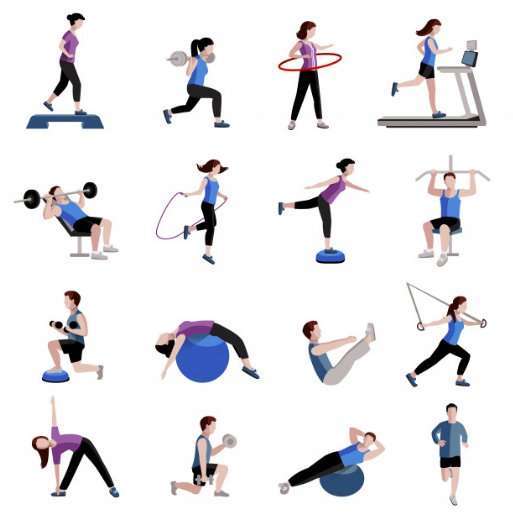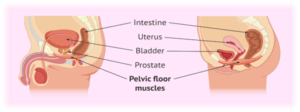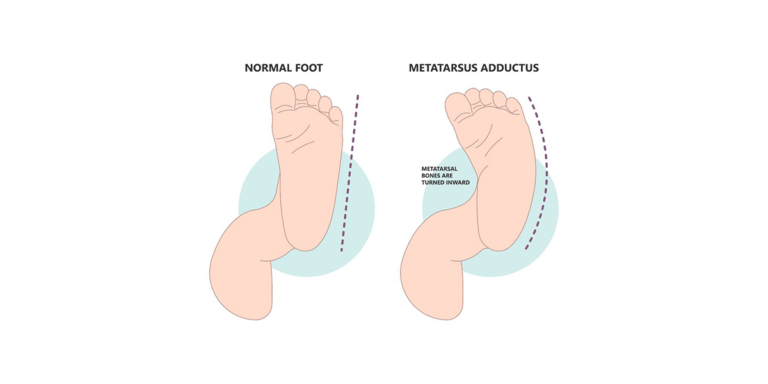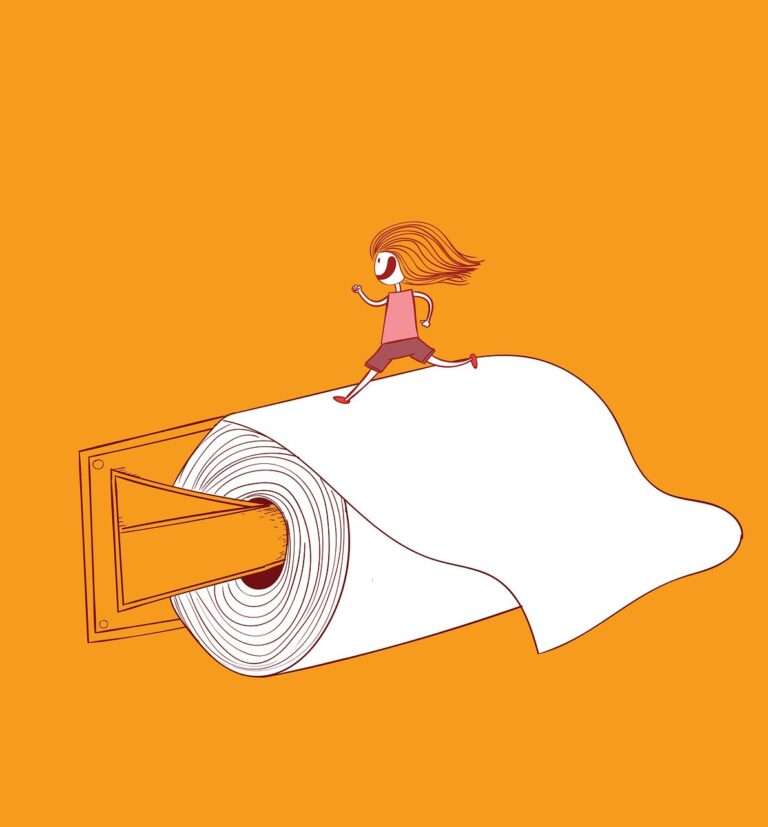Kegel exercises in adults-DrOwaisRafiq
- Dr Owais Rafiq
- August 12, 2024
- 4:23 am

Kegel exercises in adults
Kegel exercises are practiced by both male and female individuals in order to experience improved health and fitness. The overall purpose of performing this form of exercise is to strengthen your pelvis, particularly the muscle located in that area. These muscles play so many roles in the body. The pelvic floor muscles support the ureter, urinary bladder and uterus and when these muscles are compromised, the organs may become dislocated or prolapsed. Let us deepen everything about the Kegel exercise.
Kegel exercise is also known as PME i.e. Pelvic floor muscle exercise. One can learn this skill by having detailed information about it regarding how to contract and relax pelvic floor muscles. By knowing this one can have a hold over various problems like unable to control urine, unable to control feces, and involuntary passing of gas. These involuntary actions can be controlled by contractions of pelvic muscles. Kegels are helpful in treating various problems listed below.
| PROBLEMS | MEANING |
| Urinary incontinence | the loss of bladder control. Either leakage of urine from coughing or sneezing. |
| Stress incontinence | Involuntary or sudden loss of urine after feeling intrabdominal pressure. |
| Fecal incontinence | Stool leaking. |
| Urge incontinence | Have a strong, sudden urge to urinate just before losing a large amount of urine. |
| Pelvic organ prolapses | when one or more pelvic organs drop from their position. |
Is there a NEED OF KEGEL exercises in adults?
Kegel exercises can make a person better hold over their bowels and bladder. Both in men and women certain conditions can weaken their pelvic muscles and this weakness of muscles can lead to incontinence as explained above. Your pelvic floor muscles will get automatically fit when you start doing this exercise.

WEAK PELVIC FLOOR MUSCLE PROBLEMS IN BOTH GENDER.
Listed below are the reasons,
| WOMEN | MEN | COMMON REASONS |
| Pregnancy | Prostatectomy (Prostate cancer surgery) | Obesity |
| Childbirth (normal and C-section) | Heavy lifting | Aging |
| Hysterectomy (surgical removal of uterus) | Chronic smoking | Constipation |
KEGEL EXERCISE around PREGNANCY?
Such exercises are considered important before and after childbirth. It strengthens the muscles that support the fetus’s weight as well.
- Improved bladder control: – women who gave vaginal birth or have lots of children often experience problems regarding urinary incontinence and stress incontinence. Doing Kegels will improve endurance over bladder muscles or prevent leaking urine during pregnancy or after having given birth.
- Lower the risk of fecal incontinence: – Kegels tone the rectal muscles to prevent the leakage of stool in an emergency.
- Support to the pelvic organs: –During pregnancy and vaginal childbirth pelvic muscles get weaker and lead to pelvic organ prolapse. Kegels are usually recommended by doctors to prevent this situation.
Advantages of Kegel exercises in men: –
Factors that weaken pelvic floor muscles in men like surgical removal of prostate gland, diabetes and overactive bladder. Kegels help improve control over these muscles and prevent issues emerging from these underlying medical conditions.
HOW TO FIND RIGHT PELVIC FLOOR MUSCELS?
To identify your pelvic floor muscles, one must try the following steps,
- Start and stop urination when you pee while sitting on a toilet. This will help you find the correct muscles. Only do this until you learn how it feels (otherwise this stopping and starting can lead to infection)
- You can also tighten the muscles that keep you from passing gas.
- When doing such exercise relax your stomach as much as possible.
- Do not tighten your buttocks or thigh muscles when doing Kegels.
- Once you identify your pelvic floor muscles you will find it easy to do this exercise in any position although one might find it easiest to do them when lying down first.

| Once you start your exercise routine try not to hold your Kegel for five or 10 secs. You can’t expect results right away.
1. Keep your thigh muscles and buttocks relaxed and find the right muscles. 2. Hold for the count of five and relax for the count of five while squeezing your pelvic floor muscles. 3. Don’t try to squeeze your buttocks. 4. You also shouldn’t squeeze so hard that you hold your breath. Continue to breathe normally through Kegels. 5. You should feel a distinct “squeeze and lift” if done correctly. 6. Work up to doing the exercises five (5) times a day in sets of 10 (50 total per day).
|
HOW TO PERFORM THE KEGEL EXERCISEs?
WHEN TO EXPECT RESULTS?
To get the most out of Kegels, as with all types of exercise. You’ll need to stick with them and do them correctly. After about six to twelve weeks, men & women typically report better control of their bowels and bladder. Make Kegels a permanent part of your daily routine for long-term success.
WHEN TO DO KEGELS?
Kegels can be performed anytime even while watching a tv or relaxing on a couch,
- Schedule a time for Kegel exercise in your daily routine.
- After urination you can perform Kegel to get rid of last few drops of urine as well.
- Activities that put pressure on your abdominal muscles like coughing, sneezing or laughing at this time contract your pelvic floor muscles and do Kegels.
- In second trimester pregnant women are able to perform Kegels because they have enough energy to do so.
- After your baby is born, you may be able to start doing Kegels within a few days of an uncomplicated vaginal birth — just make sure you feel ready.
- In C-section delivery one should wait until their doctor say them to do so.
- TIPS FOR DOING KEGEL EXERCISEs: –
- Kegels must not be performed while urinating as it can prevent bladder from fully emptying.
- Keep your abdominal, buttocks and thigh muscles relaxed while doing Kegels and don’t hold your breath.
- It can be normal to feel some strains around pelvic muscles after doing this exercise don’t put pressure. If you feel pain stop doing it and talk to your doctor.
- If you find it difficult or impossible to locate your right pelvic muscles, then ask your healthcare professional.
- Do it regularly, if you forget doing it. You can download apps that remind you to do your Kegels and guide you through different training sessions.
Dr Owais Rafiq
Subscribe to Dr Owais YouTube channel
For parenting advice, child health, symptoms, causes and treatment of illness in children.





